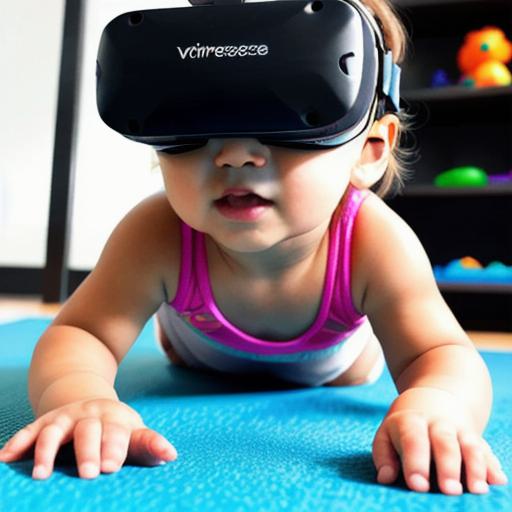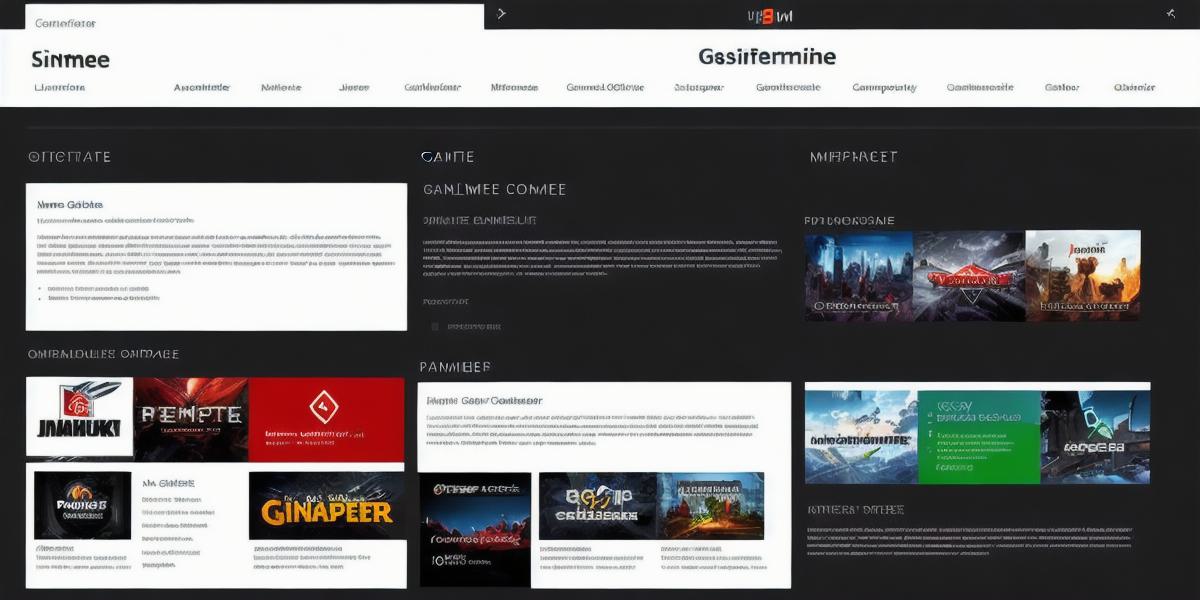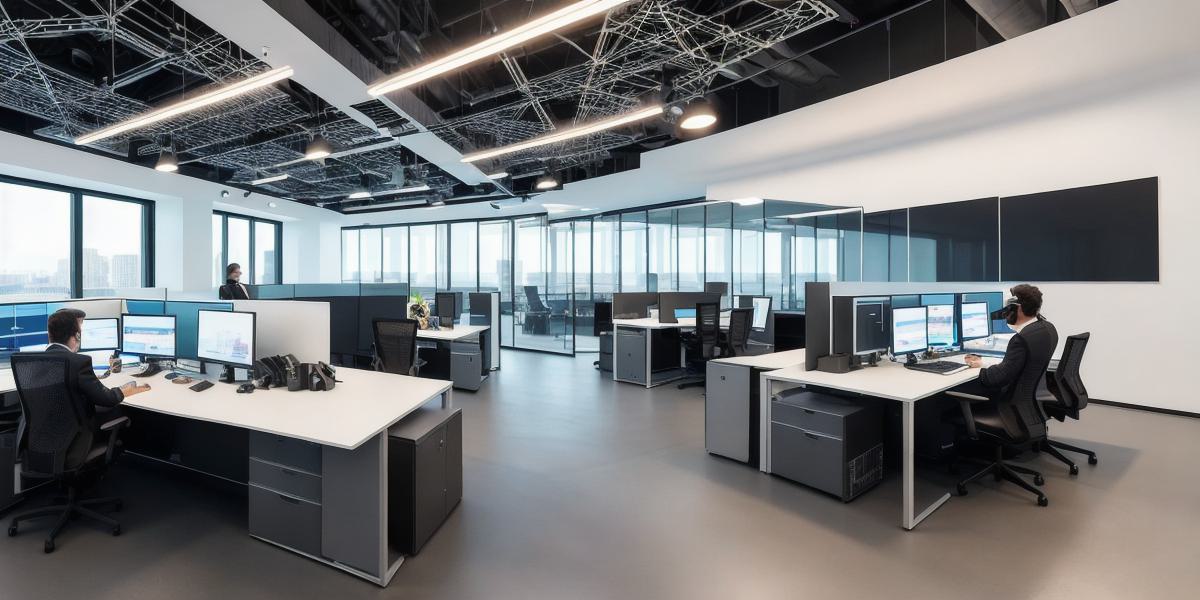Introduction
Metaverse developers are constantly seeking ways to engage and connect with users. One way is by fostering perceptual motor development in children, which has numerous benefits for their cognitive, social, and emotional well-being. In this article, we explore the key components of perceptual motor development and how they can be fostered in children through interactive games and experiences in the metaverse.
Key Components of Perceptual Motor Development
Perceptual motor development refers to the ability of children to integrate sensory information from their environment and use it to control their movements. The key components include:
- Proprioception – awareness of body position in space through touch.
- Dexterity – ability to manipulate objects with precision and control.
- Coordination – ability to control movements in a coordinated manner.
- Spatial awareness – understanding the relationship between objects in space.
Fostering Perceptual Motor Development in Children
Metaverse developers can foster perceptual motor development in children by creating interactive experiences that incorporate elements of proprioception, dexterity, coordination, and spatial awareness. Examples include:
- Virtual reality games – VR games provide a unique opportunity for children to explore their environment and develop proprioception as they navigate through virtual worlds. Interactive educational games can also be made interactive in the metaverse by allowing children to manipulate objects with their VR controllers.
- Music and dance games – Games that incorporate music and dance can help children develop coordination and spatial awareness, as they learn to move in time with the beat of the music.

- Sports simulations – Virtual sports simulations provide a safe and controlled environment for children to practice their physical skills and develop coordination.
- Interactive educational games – Games that require children to use their dexterity, such as puzzles or building blocks, can be made interactive in the metaverse by allowing them to manipulate objects with their VR controllers.
Summary
By fostering perceptual motor development in children through interactive games and experiences in the metaverse, metaverse developers can create a more engaging and immersive experience for their users. Not only will this benefit the cognitive, social, and emotional well-being of children, but it will also set them up for success in future physical activities. So let’s get creative and unlock the full potential of perceptual motor development!
FAQs
1. What are some examples of perceptual motor development activities for children?
- Crawling, jumping, drawing, painting, using tools, building blocks, puzzles, dancing, sports, playing musical instruments.
2. How can virtual reality be used to foster perceptual motor development in children?
- Virtual reality games provide a unique opportunity to explore the environment and develop proprioception. Interactive educational games can also be made interactive in the metaverse by allowing children to manipulate objects with their VR controllers. Music and dance games, sports simulations, and other immersive experiences can help children develop coordination and spatial awareness.
3. What are some benefits of fostering perceptual motor development in children?
- Fostering perceptual motor development can have numerous benefits for children’s cognitive, social, and emotional well-being. It can improve their overall physical health, increase their self-esteem and confidence, and enhance their ability to learn and solve problems.




